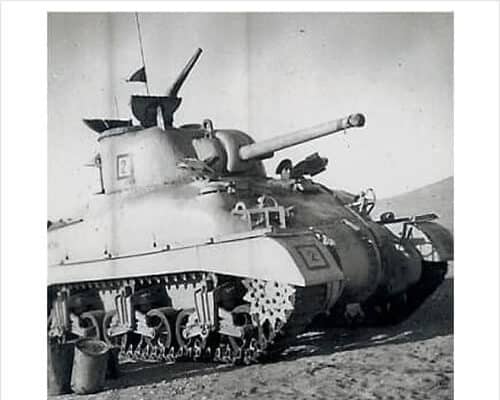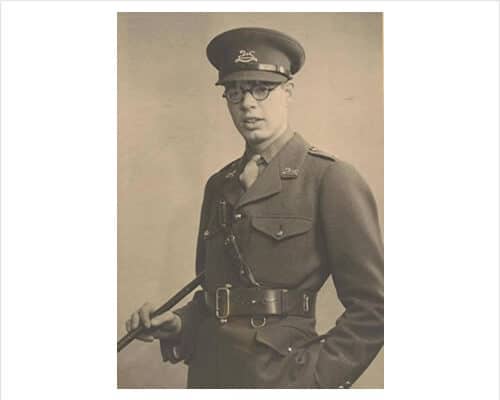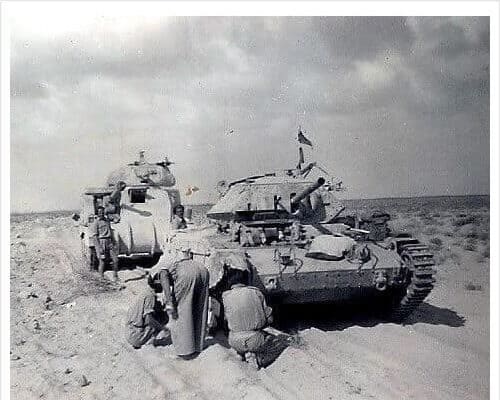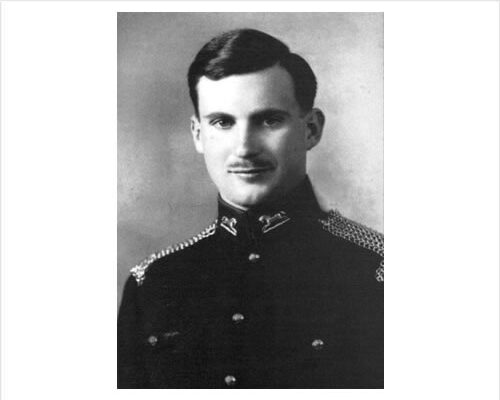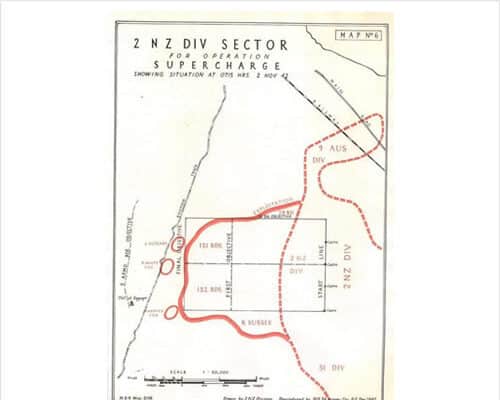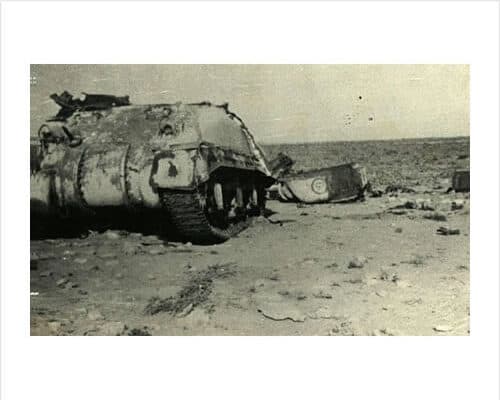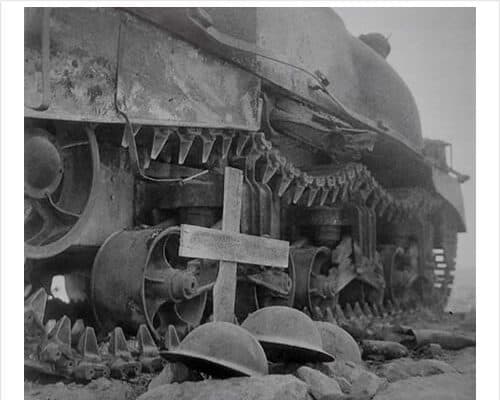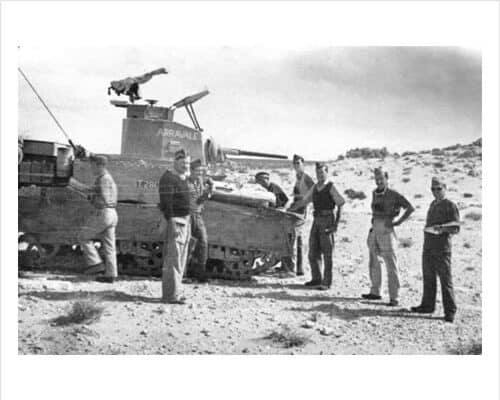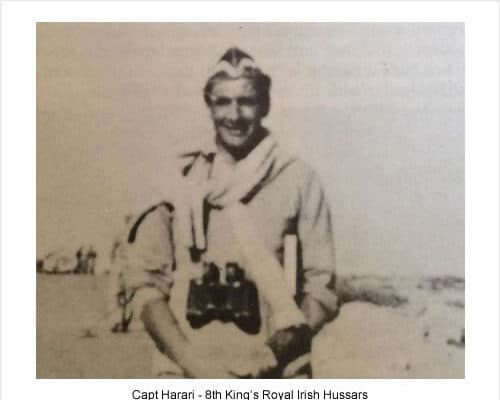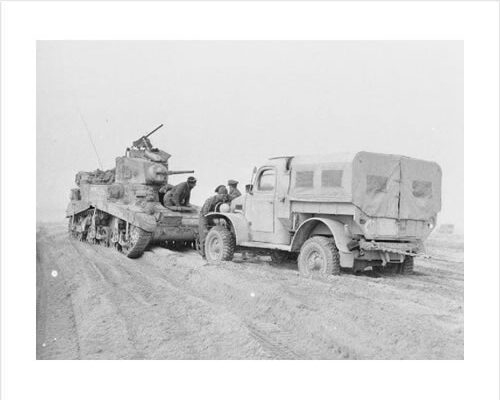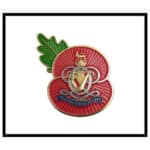El Alamein Day – 02 November 1942
El Alamein day, is one of the four regimental days that the Queen’s Royal Hussars celebrates each year.
El Alamein is especially important as three out of four antecedent regiments fought at the battle.
We should celebrate our history as well as remember those who lost their lives.
On the 23 Oct 42, the Eighth Army launched one of the largest ground offensives of WW2 against Rommel’s Afrika Korps and the Italians at El Alamein.
The battle was in 2 key stages.
The first stage of the battle was an attrition slogging match with the wearing down of enemy armour and anti-tank capabilities. The second stage was the breach of a minefield.
It is argued by a number of historical scholars that victory at El Alamein was the turning point for the allies in the WW2. Sir Winston Churchill referred to the aftermath of the battle at Mansion House 19 Nov 42 with these famous words: “Now this is not the end. It is not even the beginning of the end; but it is, perhaps, the end of the beginning”.
3rd The King’s Own Hussars.
The 3rd Hussars were part of 9 Armd Bde who were under command of General Freyberg’s 2nd New Zealand Division. The Bde was tasked with “keeping the door open” after the minefield breach in order to allow the First Armoured Division to pass through and destroy Rommel’s reserves. Montgomery emphasized the importance of this hold by telling the 9 Armd Bde Comd, “It must not fail in its objective even if it required taking 100% casualties.” The fighting was gruelling, close quarter and heavy in casualties. The 3rd Hussars had 47 out of the 51 tanks destroyed and lost 21 Officers and 98 other ranks (80% casualties). You can find all of their names etched into the base of the 3rd Hussars WW2 memorial which is our Regimental flag post.
In this category, you will find first-hand accounts of this battle by Lt H Karsten, WO2 J Dyer and Cpl Frank Wallbank.
4th Queen’s Own Hussars and 8th King’s Royal Irish Hussars.
The 4th and 8th Hussars in Aug 1942 were heavily wounded from Rommel’s thrust at the battle at Bir Hacheim and the retreat back to El Alamein. The two regiments joined together and for the battle of El Alamein operated on the southern flank under the 4th Light Armoured Brigade. They were initially tasked with conducting diversionary attacks before taking the lead in pursuing the Africa Korps back to Tunis, and capturing the strategically important Halfaya Pass.
The Fern Leaf.
The fern leaf is the emblem of New Zealand and was awarded to the 3rd Hussars by General Freyberg after the battle of El Alamein. It was awarded to the regiment as a symbol of the heroism of the Regiment under the 2nd New Zealand division.
Today the regiment displays the symbol in two places. SNCO and JNCO tank commanders wear the symbol on the left arm of their combat uniform. It is also displayed on the side of every tank.
‘A’ Squadron Leaders Tank in honour of this battle is always named Alamein.
Finally, I will leave you with an extract from Lt H Karsten’s diary a few weeks after the battle.
”We the survivors did not raise our arms in salute to victory, as the historians would like us all to believe. On the contrary, we behaved very differently. Alamein had a profound effect on us. I don’t think we were ever the same again. We knew we had achieved a great victory, but where were all those who had accomplished it? They would never be with us again. The old Regiment was gone; it was no more. For my part, I marvelled at being left alive, but I was sorely distressed … We felt no glory; rather, we felt sadness”
Lt Hendrick Karsten 14 Nov 1942

